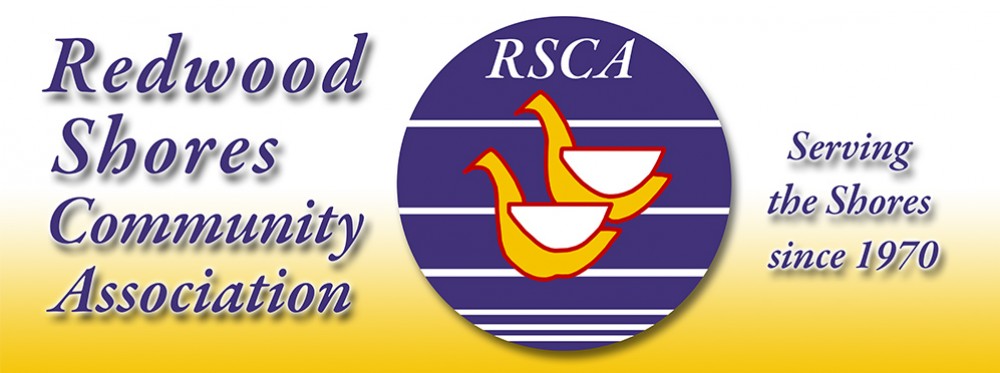It was a year to remember. President Gerald Ford lost his re-election bid to Jimmy Carter. Sylvester Stallone flexed his “pecs” as Rocky received the Academy award for Best Picture. Happy Days and Laverne and Shirley were TV’s most popular shows. And two “Steve’s” started an offbeat computer company named “Apple,” while a couple other nerds created one called “Microsoft.” It was 1976, the year of our Bicentennial celebration. It was also, as someone said, the year that “a vinous shot was heard around the world.” Actually, it was more like a few swirls/sniffs/spats, the outcome of which was widely publicized by an attending American magazine correspondent. It had to do with a theretofore unique wine tasting competition that has since been immortalized as The 1976 Paris Tasting.
Steven Spurrier, an Englishman who owned a retail wine shop and well known wine school that taught wine evaluation skills to French food and wine professionals as well as neophyte tourists, conceived and promoted a competitive tasting which pitted California Chardonnays and Cabernets against their crème de la crème counterparts from Bordeaux and Burgundy. It’s important to note that in the 70‘s, when it came to world class wine, there was French, and there was . . . well . . . there was French. Nothing else was considered close in quality. Even though California wines were made from the same classic varietals, and vinified with similar techniques, they never received the same respect. But Spurrier, who had previously visited several Napa Valley wineries, was impressed with the quality of their wines and felt that they could make a respectable showing in a competitive tasting.
He assembled a tasting panel that included nine eminently qualified, French wine-savvy professionals: one renowned sommelier, two owners of Michelin three star restaurants, two wine scientists, two wine journalists, and owners from each of two prestigious Bordeaux and Burgundy wine properties. All of them had experienced professionally trained palates. The wines were tasted “blind,” that is, they were brown-bagged so as to not be identifiable. Under the attentive eyes of journalists and other spectators, each wine was evaluated on a twenty point scale for color, bouquet, flavor, and balance. Much has been written how the judges disdainfully mocked some wines they thought were Californian, and how they praised others they thought were French. However, when the results were tallied and the wines were unbagged, all the attendees were stunned by the unimaginable: the Cabernet winner was a 1973 Stags Leap Wine Cellars, and the Chardonnay victor was a 1973 Chateau Montelena! Voila !
This stunning achievement for those California wines has since been immortalized at the Smithsonian’s Museum of American History with a detailed display, and one bottle of each has been placed in the permanent archives. But the most important unintended consequence of that tasting is that it initiated a quality-driven competition that continues unabated to this day, and that elusive quest for perfection is producing wines that have never been better.
– Tom Barras
